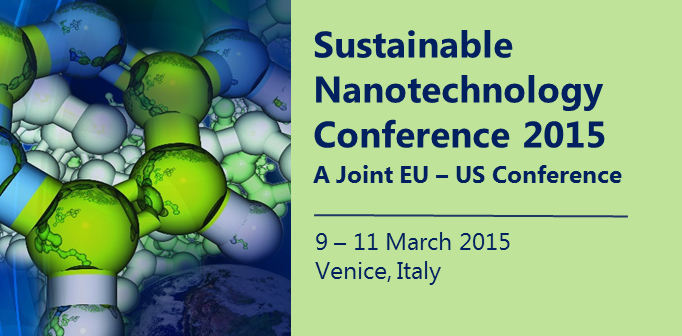Speaker
Valentina Marassi
(University of Bologna)
Description
Colloidal silver nanoparticles are known for their antimicrobial applications in everyday life items, and their use in commercial products is increasing; to investigate how and if nanoparticles may present harm for the environment and organisms, a characterization of their behavior in environmental/physiological media is required besides size, shape, activity and stability assessment. Hyphenation of multiangle light scattering (MALS) detection with size-based separation methods presents a multidimensional platform that can enhance accuracy for analysis of complex NPs samples, and Hollow-fiber flow field-flow fractionation (HF5) is particularly suited for this task. In HF5, separation occurs between species with different hydrodynamic radius. MALS detection, on the other hand, allows for the calculation of particlesâ•˙ gyration radius, which depends on particle compactness. Particlesâ•˙ shape is determined correlating these values.
We developed HF5-UV-MALS methods able to study dispersed AgNPs in aqueous media to isolate silver nanoparticles for size distribution analysis, identify aggregation phenomena, separate unbound constituents from the functional NPs, and correlate NPs size with their spectroscopic properties. We have tested new methods for analysis of metal release through fiber filtration to improve full characterization of metal-based nanoparticles, in order to study both their functional effectiveness and potential hazards.
Primary author
Valentina Marassi
(University of Bologna)
Co-author
Anna Luisa Costa
(ISTEC-CNR Faenza)
